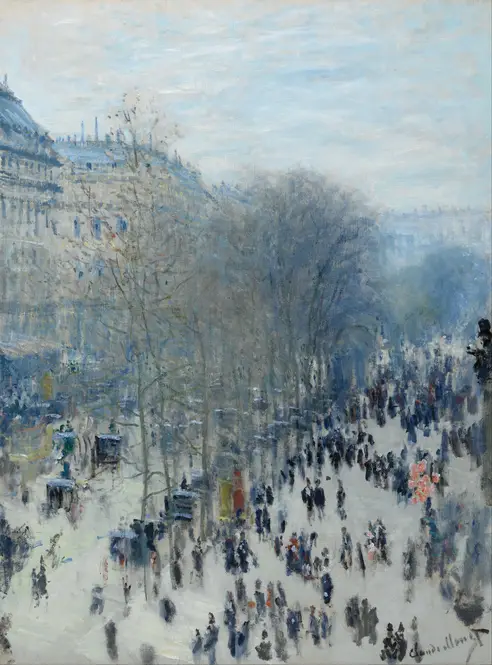Vincent van Gogh’s “The Hill of Montmartre with Stone Quarry” captures a rugged, almost restless energy in its depiction of the Parisian outskirts. The painting’s earthy tones and thick, swirling brushstrokes bring the quarry to life, with jagged rocks and uneven terrain dominating the foreground. Van Gogh’s fascination with raw, untamed nature is palpable here—there’s no romanticized prettiness, just the rough beauty of a landscape shaped by labor and time. Shadows stretch unevenly across the scene, suggesting late afternoon light, while sparse vegetation clings stubbornly to the hillside. It’s a far cry from the idealized countryside; instead, it feels honest, almost impatient, as if the land itself is resisting stillness.
What makes this work particularly striking is how it bridges van Gogh’s earlier, darker palette and the vibrant intensity of his later years. The muted browns and grays hint at his Dutch roots, yet the expressive brushwork foreshadows the boldness of Arles and Saint-Rémy. There’s tension in every stroke—between industry and nature, between restraint and emotion. Even the sky, though subdued, seems to churn with movement, as if mirroring the artist’s own restless spirit. This isn’t just a view of Montmartre; it’s a glimpse into van Gogh’s evolving vision, where even the most ordinary scenes pulse with hidden vitality.

-full.webp)
-full.webp)

-full.webp)
-full.webp)


-full.webp)